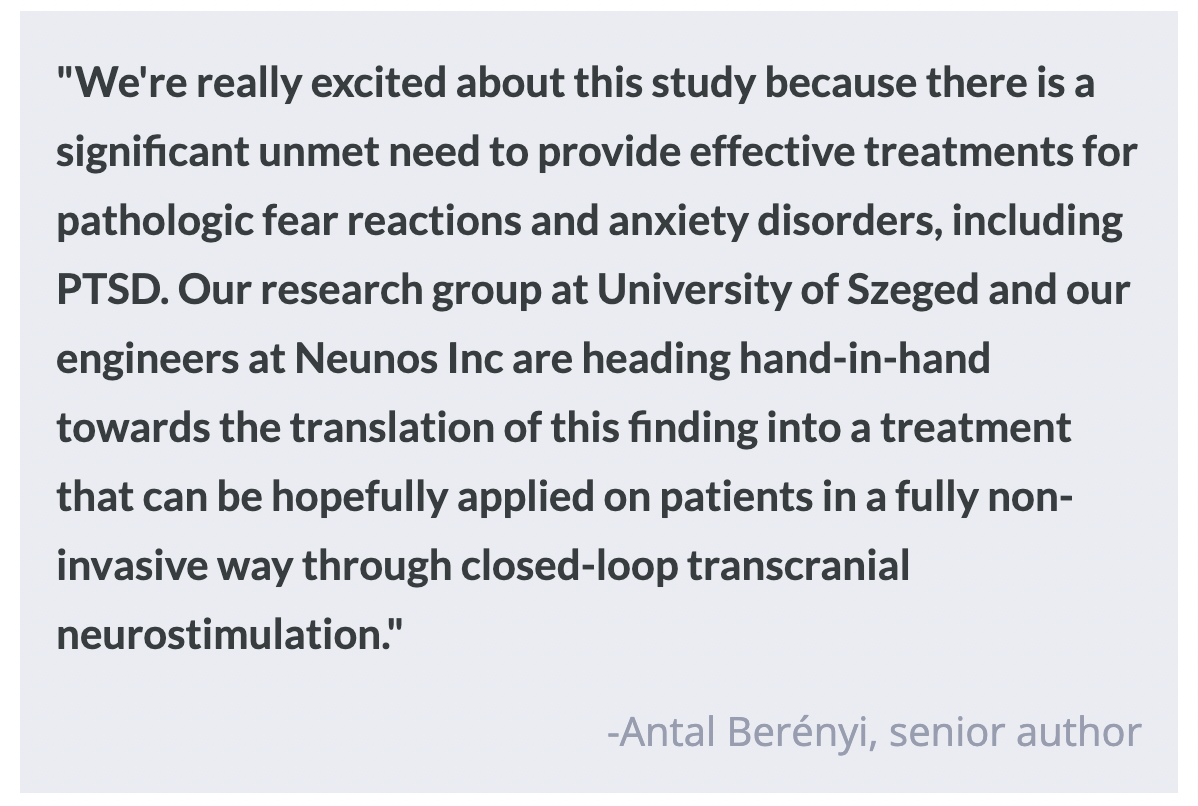How Do Pesticides Affect the Brain?
Post by Anastasia Sares
The takeaway
Pesticides kill unwanted weeds, pests, and fungi, often with molecules affecting the nervous system, but their mechanisms of activation can cause havoc in “non-target” species, including the humans that use them. Over the years, some pesticides have been banned for their toxic effects and new ones have been developed. Now we’re moving from recognizing acute poisoning situations to being able to assess long-term detriments, especially to cognitive function in humans.
How has pesticide use evolved?
Humans have used pesticides for a long time to increase crop yields or kill unwanted guests in their homes and bodies. We’ve tried everything from chrysanthemums to nicotine to arsenic to DDT. However, we walk a fine line with pesticide use: on the one hand, it can increase food security and decrease disease (for example, killing malaria-carrying mosquitoes), both of which preserve human life. On the other hand, the effects of pesticides may decrease biodiversity and have toxic effects on the human body.
When developing a pesticide, it would be ideal to come up with a chemical that disrupts only the pest’s biological processes and is otherwise “harmless.” Unfortunately, as we are all a part of the same tree of life and share many biological processes with other organisms, it is hard to find chemicals that match this ideal. Pesticides like DDT have been introduced and commercialized, only to be later banned (at least in some countries) when toxic effects were observed. But some pesticides act in more subtle ways or require accumulated doses, and the link to age-related diseases like Parkinson’s and Alzheimer’s has only emerged after longer periods of observation. Scientists have been hard at work trying to understand the more subtle mechanisms of pesticide neurotoxicity.
Oxidative stress is a common factor
Though different pesticides have different primary mechanisms for killing their target pest, many of them also cause oxidative stress in cells. Oxidative stress is a process that disrupts the normal functioning of mitochondria, the energy generators of the cell.
Normally, mitochondria convert molecules derived from our food and oxygen from our lungs into water and carbon dioxide through a series of controlled chemical reactions. The energy generated from these reactions is used to “charge up” molecules called ATP (adenosine triphosphate), and these ATP molecules travel throughout the cell and act as little batteries to provide energy for other chemical reactions that need it. Sometimes the electron transport chain fails and instead of producing carbon dioxide and water, it produces a rogue molecule with a negatively charged oxygen called a reactive oxygen species, or ROS. These ROS can leave the mitochondria and do damage to other parts of the cell, like membranes, proteins, or even DNA, which can lead to cell death (see this video at 5:15).
In a healthy cell, the activity of ROS is kept to a minimum, but pesticides can make the production of ROS more likely, causing the cell to lag in energy production and accumulate damage to DNA and proteins. This is the state of oxidative stress, and neurons are particularly sensitive to it.
What are some other mechanisms of neurotoxicity?
Pesticides can cause a myriad of other effects besides oxidative stress, including the accumulation of dementia-related proteins such as amyloid beta and tau, toxic buildups of signaling molecules like acetylcholine or glutamate, inflammation and immune cell activation, DNA damage and suppression (methylation), altered neuron structure and growth, and abnormal activation of growth factors, to name a few.
Some mechanisms of neurotoxicity are quite complex, and have only recently been brought to light: for example, glyphosate (a weed-killer) interrupts a biological process not present in human cells, which made it seem safe to use. However, it turns out that glyphosate can affect our gut bacteria which produce tryptophan, a precursor for the neurotransmitter serotonin. This change in the serotonin production chain can lead to anxious or depressive symptoms. Researchers will continue looking for complex reactions like these to better estimate the true effects of pesticide use. In addition, new research may need to focus on the synergistic effects of multiple pesticides instead of looking at one pesticide at a time.
What's the impact?
Regulation of pesticides is absolutely necessary to maintain the right balance between pest/disease control and human health, and continued research on the effects of pesticides is needed to inform those regulatory decisions.
References +
- Aloizou, A.-M., Siokas, V., Vogiatzi, C., Peristeri, E., Docea, A. O., Petrakis, D., Provatas, A., Folia, V., Chalkia, C., Vinceti, M., Wilks, M., Izotov, B. N., Tsatsakis, A., Bogdanos, D. P., & Dardiotis, E. (2020). Pesticides, cognitive functions and dementia: A review. Toxicology Letters, 326, 31–51. https://doi.org/10.1016/j.toxlet.2020.03.005
- Costa, L., G. (2008). Neurotoxicity of pesticides: A brief review. Frontiers in Bioscience, 13(13), 1240. https://doi.org/10.2741/2758
- Richardson, J. R., Fitsanakis, V., Westerink, R. H. S., & Kanthasamy, A. G. (2019). Neurotoxicity of pesticides. Acta Neuropathologica, 138(3), 343–362. https://doi.org/10.1007/s00401-019-02033-9
- Franco, R., Li, S., Rodriguez-Rocha, H., Burns, M., & Panayiotidis, M. I. (2010). Molecular mechanisms of pesticide-induced neurotoxicity: Relevance to Parkinson’s disease. Chemico-Biological Interactions, 188(2), 289–300. https://doi.org/10.1016/j.cbi.2010.06.003
- Rueda-Ruzafa, L., Cruz, F., Roman, P., & Cardona, D. (2019). Gut microbiota and neurological effects of glyphosate. NeuroToxicology, 75, 1–8. https://doi.org/10.1016/j.neuro.2019.08.006



